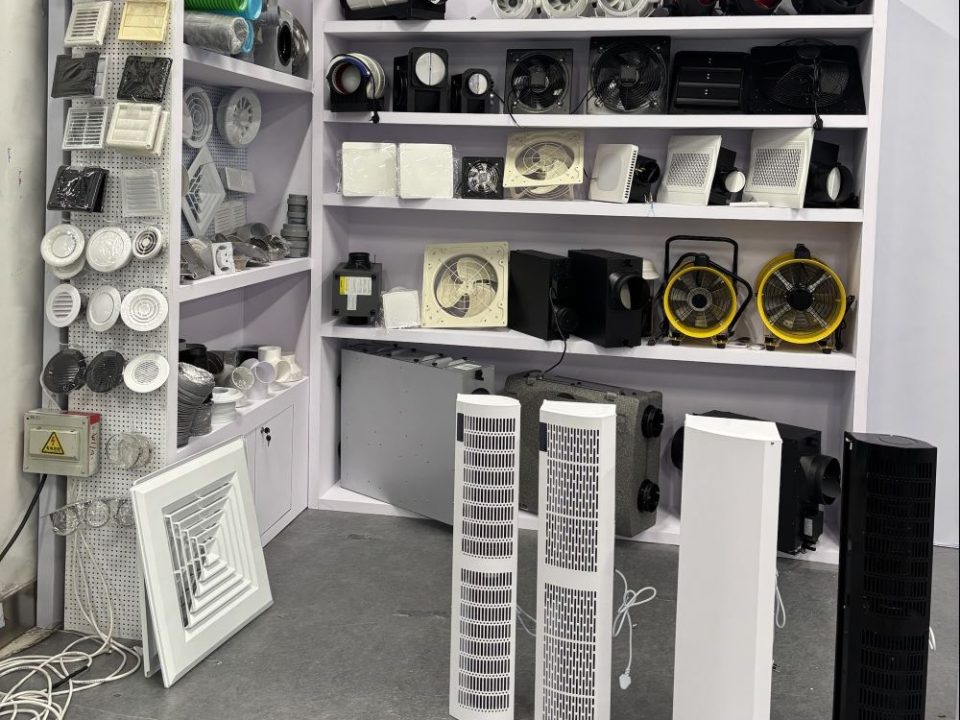In the pursuit of creating healthier indoor environments, the integration of advanced filtration systems has become a cornerstone of modern ventilation solutions. One such innovative approach involves the incorporation of a filtration box equipped with a pre-filter, HEPA filter, and carbon filter. This combination of filters works synergistically to address a spectrum of airborne particles and pollutants, offering a range of benefits that contribute to improved indoor air quality (IAQ) and the overall well-being of occupants.
The Pre-Filter: The pre-filter serves as the initial defense against larger particles like dust, hair, and lint. Positioned at the forefront of the filtration process, it plays a crucial role in extending the lifespan of subsequent filters by capturing and preventing larger particles from reaching more delicate elements. By preventing the clogging of finer filters, the pre-filter enhances the efficiency of the overall filtration system, ensuring that it operates optimally over an extended period. This first layer of filtration not only preserves the integrity of the subsequent filters but also contributes to maintaining the efficiency of the entire ventilation system.
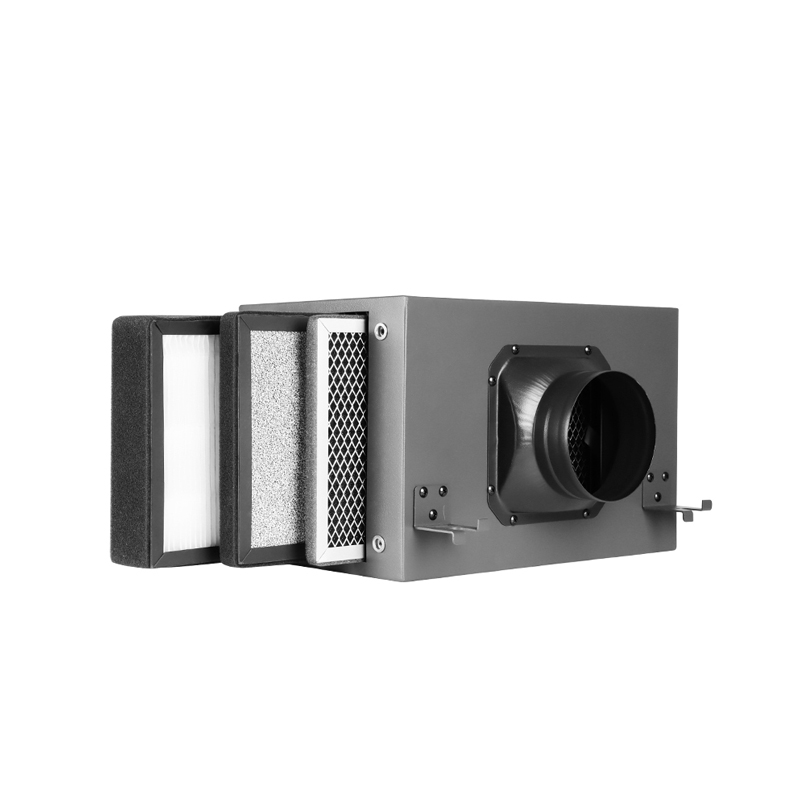
The HEPA Filter: The inclusion of a High-Efficiency Particulate Air (HEPA) filter represents a significant leap in the filtration process. Renowned for its exceptional ability to capture small particles, including allergens, bacteria, and some viruses, the HEPA filter plays a pivotal role in promoting cleaner and healthier indoor air. Its fine mesh effectively traps microscopic particles that can compromise IAQ. Individuals with allergies benefit from the reduction of airborne allergens, creating an environment that is more conducive to respiratory health. Furthermore, the HEPA filter acts as a barrier against the spread of airborne contaminants, safeguarding occupants from potential health risks.
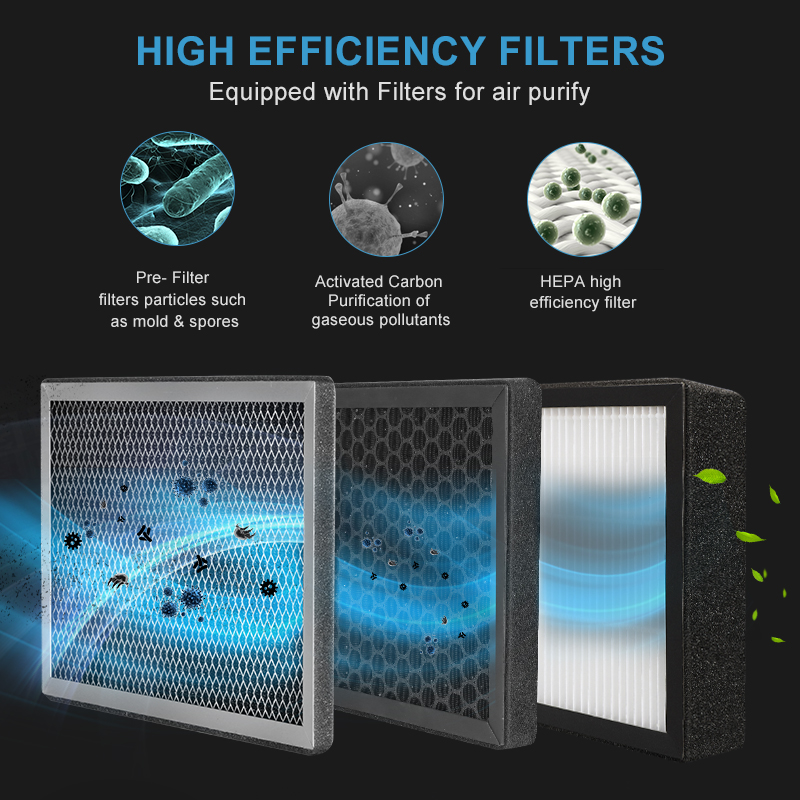
The Carbon Filter: Complementing the pre-filter and HEPA filter, the carbon filter introduces a specialized layer designed to absorb and neutralize odors, gases, and volatile organic compounds (VOCs). Unpleasant odors are eliminated, contributing to a more pleasant living or working environment. The carbon filter’s ability to absorb and reduce the concentration of VOCs is particularly crucial, considering that these compounds can be emitted by various household products, furniture, and building materials. By addressing both odors and potentially harmful gases, the carbon filter significantly enhances the overall air quality within a space.
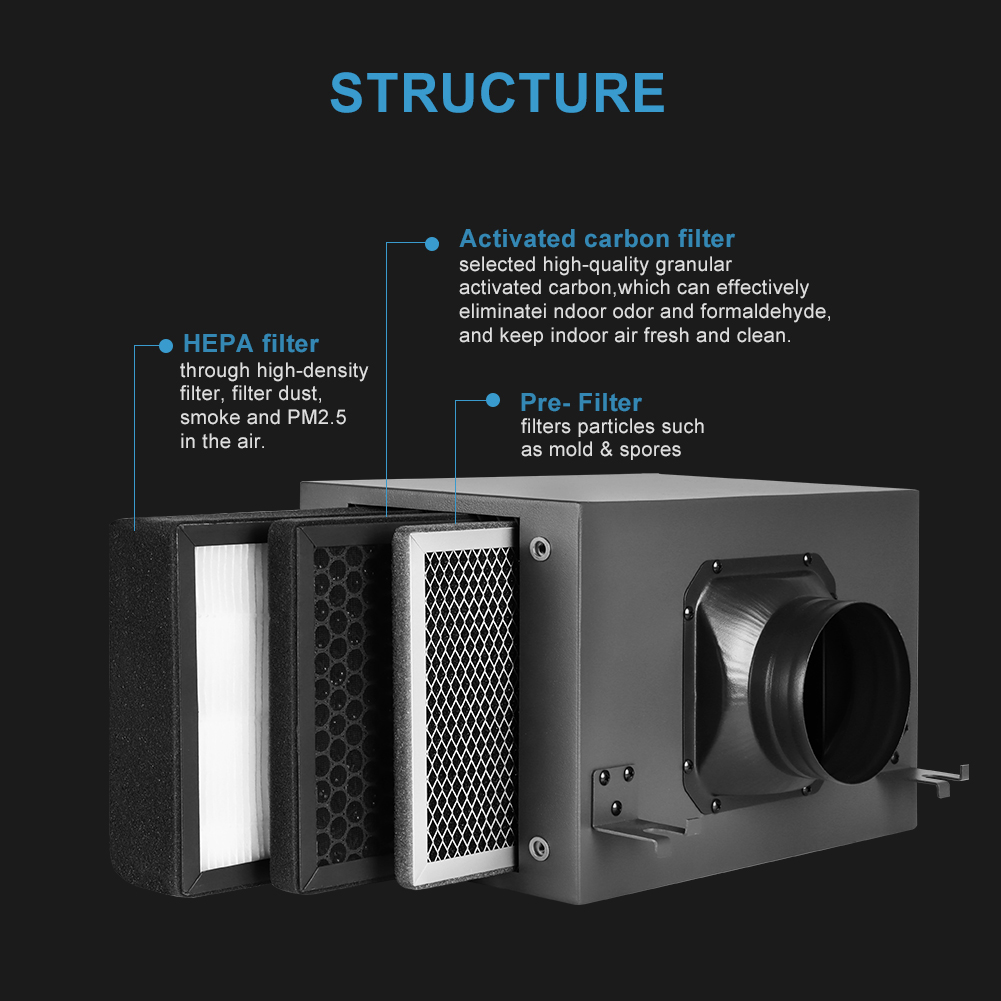
Combined Benefits: The integration of these three filters within a comprehensive ventilation system yields multifaceted benefits. The pre-filter’s role as a protective barrier ensures the sustained effectiveness of the subsequent filters, while the HEPA filter provides a high level of filtration for fine particles. The carbon filter, in turn, enhances the overall air quality by eliminating odors and reducing the concentration of VOCs. Collectively, these benefits contribute to a healthier indoor environment with cleaner, fresher air.
Beyond health considerations, the comfort of occupants is significantly improved. The removal of allergens and unpleasant odors creates a more inviting atmosphere, fostering a sense of well-being. Additionally, the reduction of airborne contaminants positively impacts the longevity and performance of the ventilation system, minimizing maintenance requirements and associated costs.
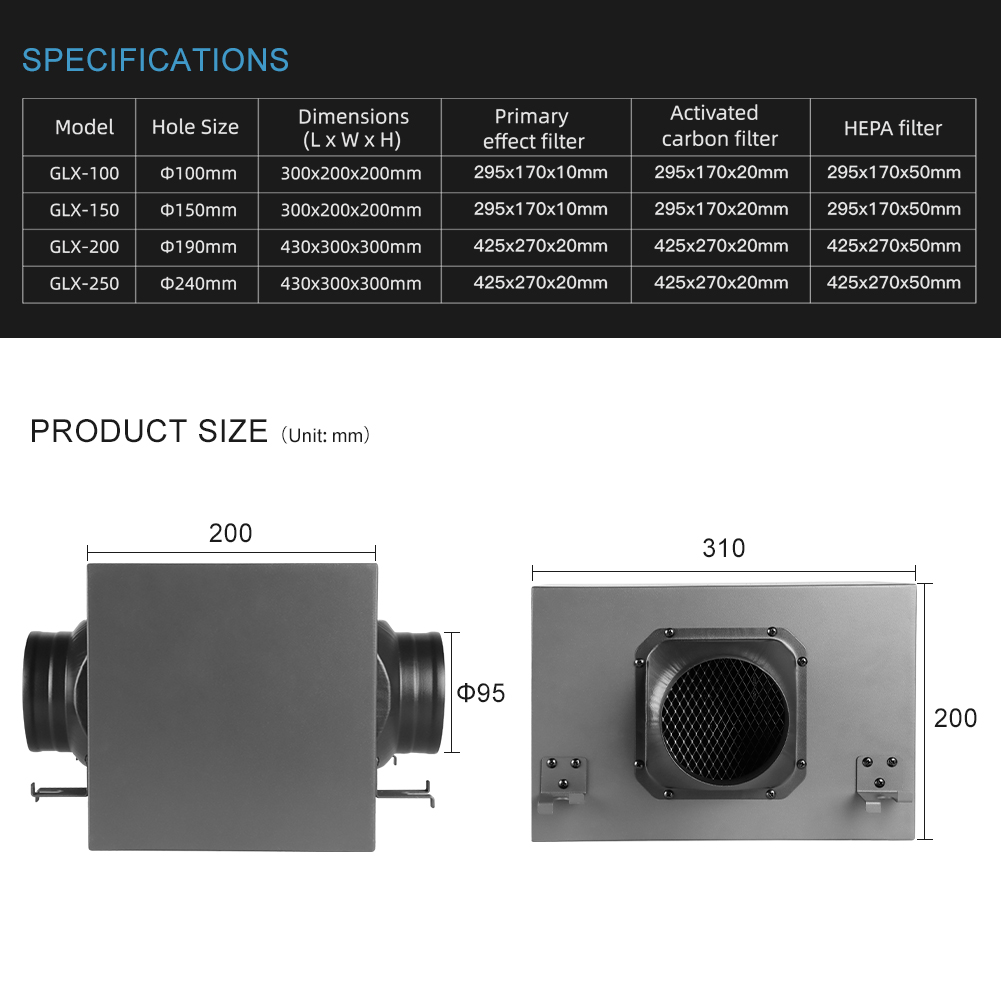
The incorporation of a filtration box featuring pre-filter, HEPA filter, and carbon filter represents a robust strategy for enhancing indoor air quality. As we continue to prioritize healthier living and working spaces, the adoption of advanced filtration technologies is instrumental in achieving this goal. By understanding and appreciating the unique contributions of each filter type, we can create environments that not only meet but exceed the expectations for clean and fresh indoor air.


